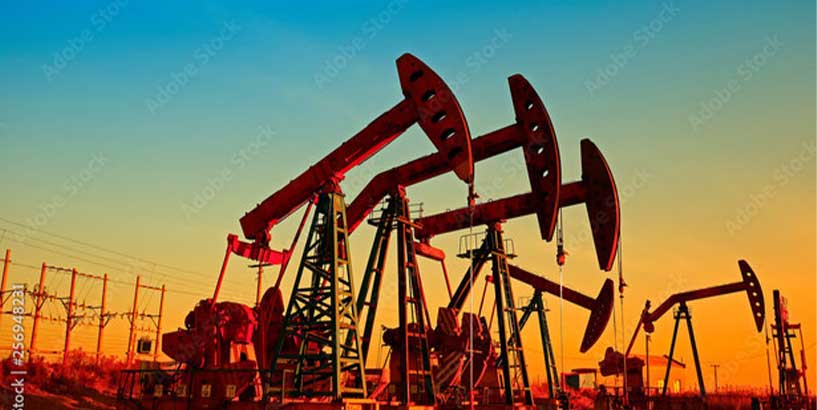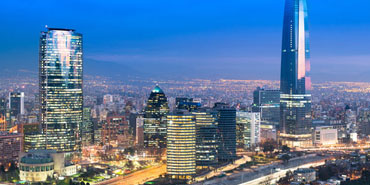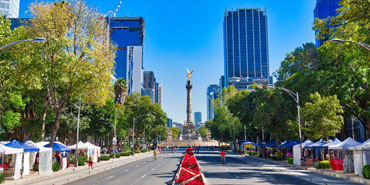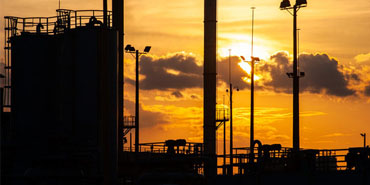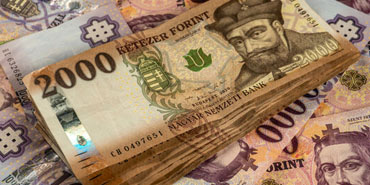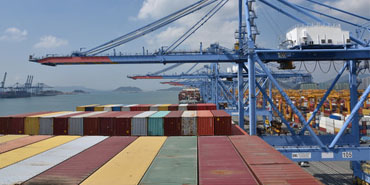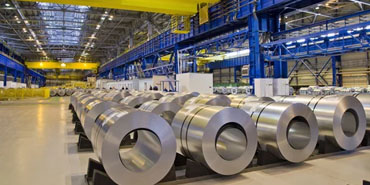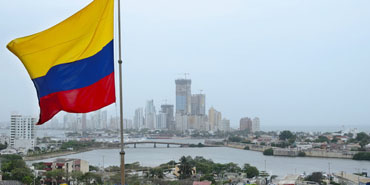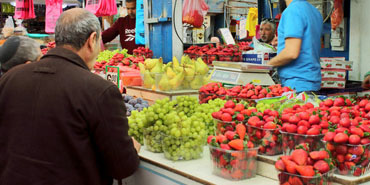Parex is an oil and gas company actively engaged in crude oil exploration, development, and production in Colombia. Headquartered in Calgary, Canada, Parex, through its foreign subsidiaries, holds interests in onshore exploration and production blocks. The common shares of the Company trade on the Toronto Stock Exchange (“TSX”) under the symbol PXT.
In the third quarter of the year, the oil firm continued with its dividend program, approving the payment for the fourth quarter of 0.125 Canadian dollars per common share. The implementation of this program is possible thanks to the solid results presented.
In the last report, we highlighted that the costs of Parex were lower than some of their competitors, providing the firm with a unique position in the market. Furthermore, we remarked on the consistency of its results.
In this quarter, the firm closed its operations with a quarterly average production of 47, 496 boe/d, representing an increase of 7% compared to last year, in which it ended up at 44,305 boe/d. The production of the light crude oil and medium crude oil was 6,995 barrels per day (bbls/d), increasing by 2,369 (bbls/d) in comparison to the same period last year. On the other hand, heavy crude oil stood at the same (38.949 bbls/d).
Operating netback is a term used to describe net profit in the oil and gas industry. This concept reached a total of USD 44.12 per barrel of oil equivalent (boe) and FFO per boe of $35.46 from an average Brent price of $73.23 (bbl). As Parex continued with no commodity derivates, the firm kept its 100% exposure to higher oil princes.
The production was reflected in the firm’s revenues, which ended up at $230.8 mm, representing an important increase of 72% in comparison to the same period last year. This figure is result of the oil and natural gas sales minus the company’s royalties, the former with a significant advance, passing from $146.2 mm in 3Q20 to $2721.4, and the latter amounting to $41.6 mm. A large part of the revenues is due to the recovery in world oil prices.
Total expenses were $111.3 mm, mainly due to an increase in production and transportation costs. The increase in production costs is explained by the repairmen of the workovers and the reopening of some mature fields in mid 1Q21. On the other hand, the increase in production costs is the result of a change in the sales mix, mainly due to the higher percentage of transported crude.
In the same way, general and administrative expenses (“G&A”) totaled $10 mm, increasing by approximately USD1.5 mm. Gross and net G&A increased essentially due to an increase in headcount in the current year and also approximately $1.0 million in one-time charges related to certain projects.
Although net income experienced an important decrease in comparison with the previous quarter, going from $91.7 mm to $67.9mm, it grew 146% compared to 3Q20. Net income per share basic ended up at $0.55.
In this quarter the oil company announced its 2022 capital expenditure program which aims to maximize the return in its asset base and continue to build a sustainable business. The firm will pursue a balanced approach to capital allocation. The capital expenditure will be split into development, appraisal, and exploration/new growth programs. This plan seeks to provide a YOY growth of approximately 13% mainly driven by Capachos, Cabrestero, VIM-1, Aracua, and Fortuna.
Another thing to highlight is the great free fund flows of the firm. In this quarter, the company ended up with a free funds flow of $152.7 mm, increasing considerably compared to 3Q20 where they totaled $79.4 mm.
The future of Parex seems bright but we must be cautious about its risk strategy. A huge part of their earning was due to higher prices but, as we know, prices can change in a second.



